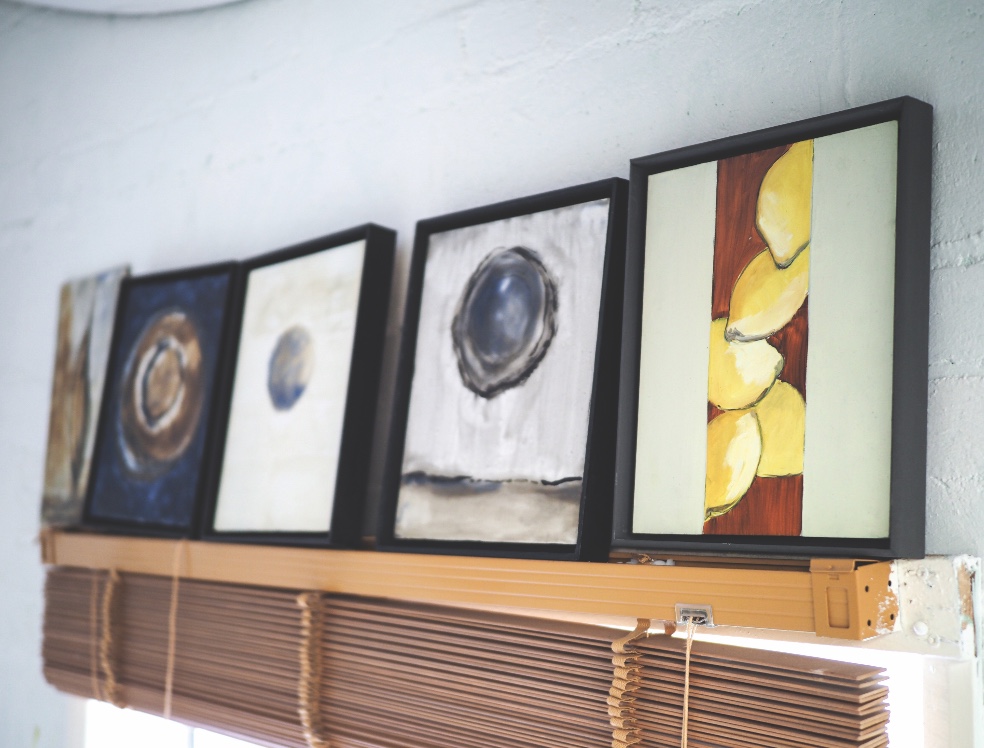The international artist brings resolute, thought-provoking works to Cambridge
Sudesh Prasad is an artist who sticks to his guns. Having experienced first-hand the vibrant, bustling arts scene that characterised New York’s East Village in the 1980s – and from there, going on to spend much of his time in diverse and culturally rich cities across Europe – his work is somehow imbued with almost effortless universality. It abandons all associations with place, time and identity in favour of a stripped-back sense of objectivity. This offers a choice to the viewer: to look, or to see.
Rejecting often contrived notions of representation, Sudesh explores themes that imply a detachment from the self, and challenges both the presence and relevance of concepts such as racial perception. “I have been a brown artist my whole life,” says Sudesh. “I don’t really want to see representations of blackness – I want to see people representing things, and the blackness will come through that.” He also avoids creating work with the primary purpose of appealing to an audience, preferring instead to take shots at timelessness.
“There’s a difference between what I consider to be art, and what I consider to be kitsch,” Sudesh continues. “I’m trying not to fall into the trap of producing art for the moment.”
Sudesh started out as a figurative artist, but over time, his style and approach has tended more towards abstraction. Though carefully rendered, the subjects of his work are usually simplistic in nature, their outlines allowing for, and encouraging, individual perception. “Paintings only exist when people look at them,” Sudesh explains. “My aim is to get people to look at things beyond what they see on the surface.”
My aim is to get people to look at things beyond what they see on the surface
This idea is prevalent throughout Sudesh’s body of work, which is often foregrounded by a cerebral quote, taken from a compilation of conversations between Californian artist Robert Irwin and author Lawrence Weschler: ‘seeing is forgetting the name of the thing one sees’. With this framing, the artist arguably highlights the canvas more than the layers of paint on it, calling into question the importance of personal intention, expression and realisation – and whether it warrants space or consideration. “Anything worthwhile takes work,” Sudesh affirms. “All I want to do in life is empty my head in a way that creates something of substance.”
If there is an underlying message in his work, it may uncover itself differently for each viewer. Or perhaps it’s always the same: fundamentally, it’s not what you’re presented with – it’s what you make of it.
Make sure to head along to The Hive (at Thrive) to catch Sudesh’s latest exhibition, (In)Sight, running from 30 September until 4 October. Visit the artist’s website for more details.

